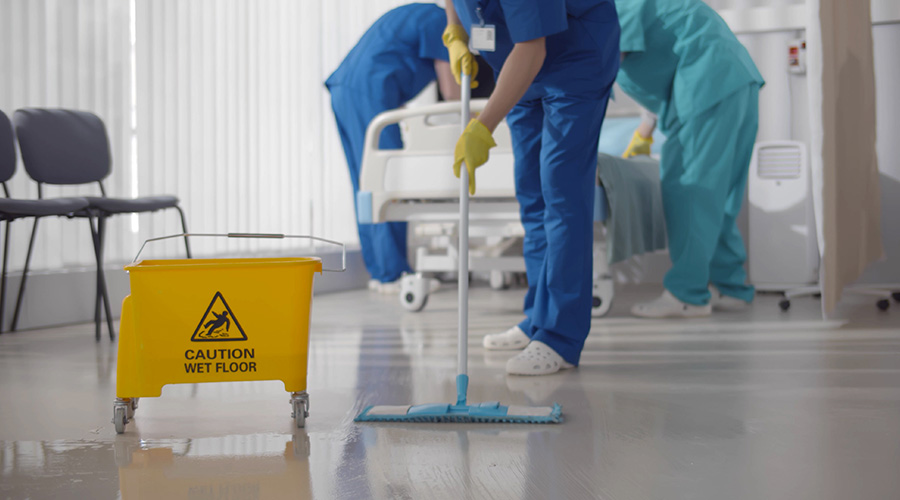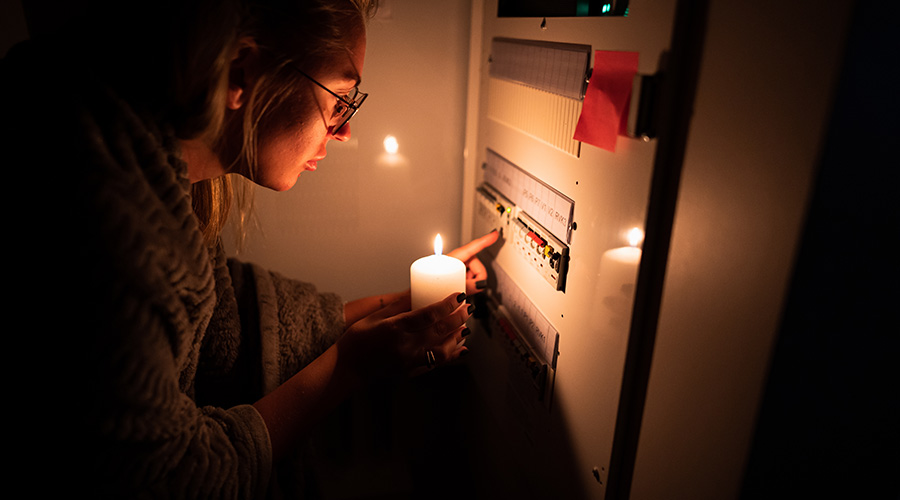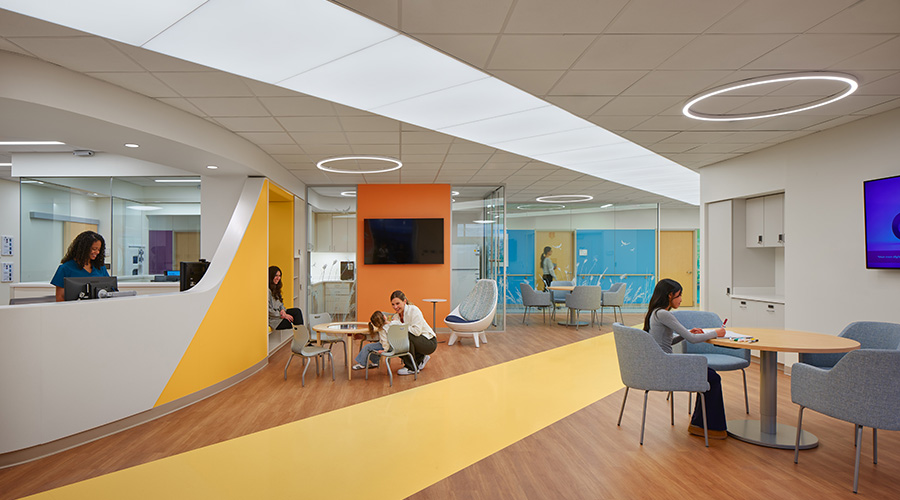Q: I am a consultant and I have a client who has a new high-rise hospital that is not fully sprinklered. The plans for this hospital were approved and stamped by the local building officials after 2003 and the building construction completed in 2010. Would the entire building have been required to be fully sprinklered when it was constructed?
A: I would say so. Depending on who they are accredited by, and what state they are in, they could be cited for not being 100% sprinklered, since the building design was approved after the 2000 Life Safety Code was adopted. For example, if they are Joint Commission accredited, Joint Commission had been adopting the new editions of the Life Safety Code soon after NFPA published them, up to and including the 2000 edition.
So, that means since the 1991 edition of the Life Safety Code was the first edition to require all new construction healthcare occupancies to be fully protected with sprinklers, this building would have been required to be sprinklered if they were Joint Commission accredited. Also, most states adopt new versions of the LSC as they are published, so from a state viewpoint this building would likely have been required to be 100% sprinklered as well.
CMS adopted the 2000 edition of the LSC in March, 2003. Previously they were on the 1985 edition which did not require new construction to be protected with sprinklers. So, for CMS certified hospitals, the start date for new construction required to be sprinklered was March, 2003. For Joint Commission accredited hospitals, it would have been when they adopted the 1991 edition of the Life Safety Code. So, it is apparent someone did not get the word that a newly constructed high-rise hospital that had their design stamped by the local authorities after 2003, is required to be fully sprinklered.
Yep… that is a citation waiting to be written. Could even be a Condition Level Finding. Better advise them to get started in completing the sprinkler installation as soon as possible.
Brad Keyes, CHSP, is the owner of KEYES Life Safety Compliance, and his expertise is in the management of the Life Safety Program, including the Environment of Care and Emergency Management programs.

 Contaminants Under Foot: A Closer Look at Patient Room Floors
Contaminants Under Foot: A Closer Look at Patient Room Floors Power Outages Largely Driven by Extreme Weather Events
Power Outages Largely Driven by Extreme Weather Events Nemours Children's Health Opens New Moseley Foundation Institute Hospital
Nemours Children's Health Opens New Moseley Foundation Institute Hospital Code Compliance Isn't Enough for Healthcare Resilience
Code Compliance Isn't Enough for Healthcare Resilience Ribbon Cutting Marks First Phase Completion for New Montefiore Einstein Facility
Ribbon Cutting Marks First Phase Completion for New Montefiore Einstein Facility